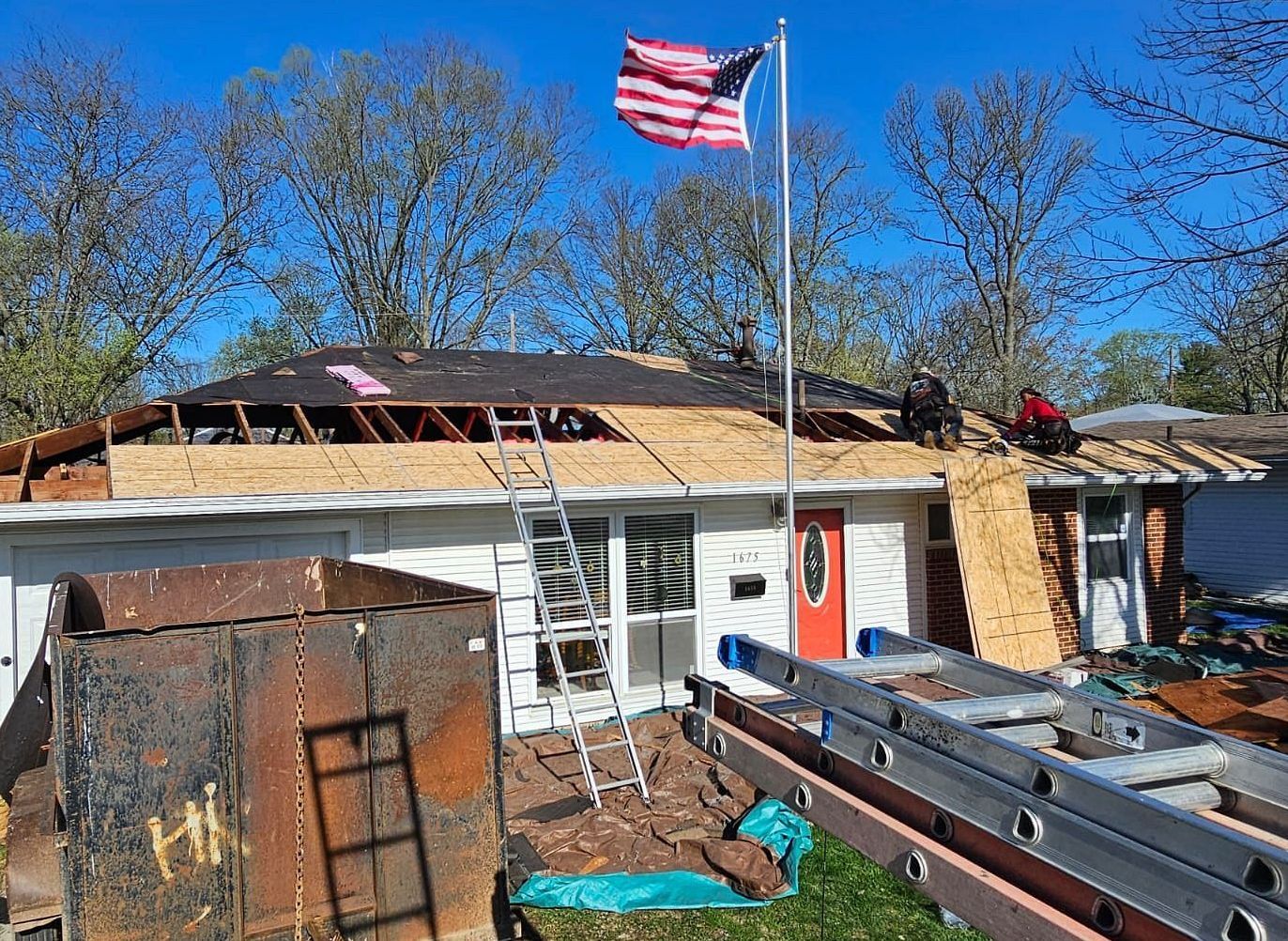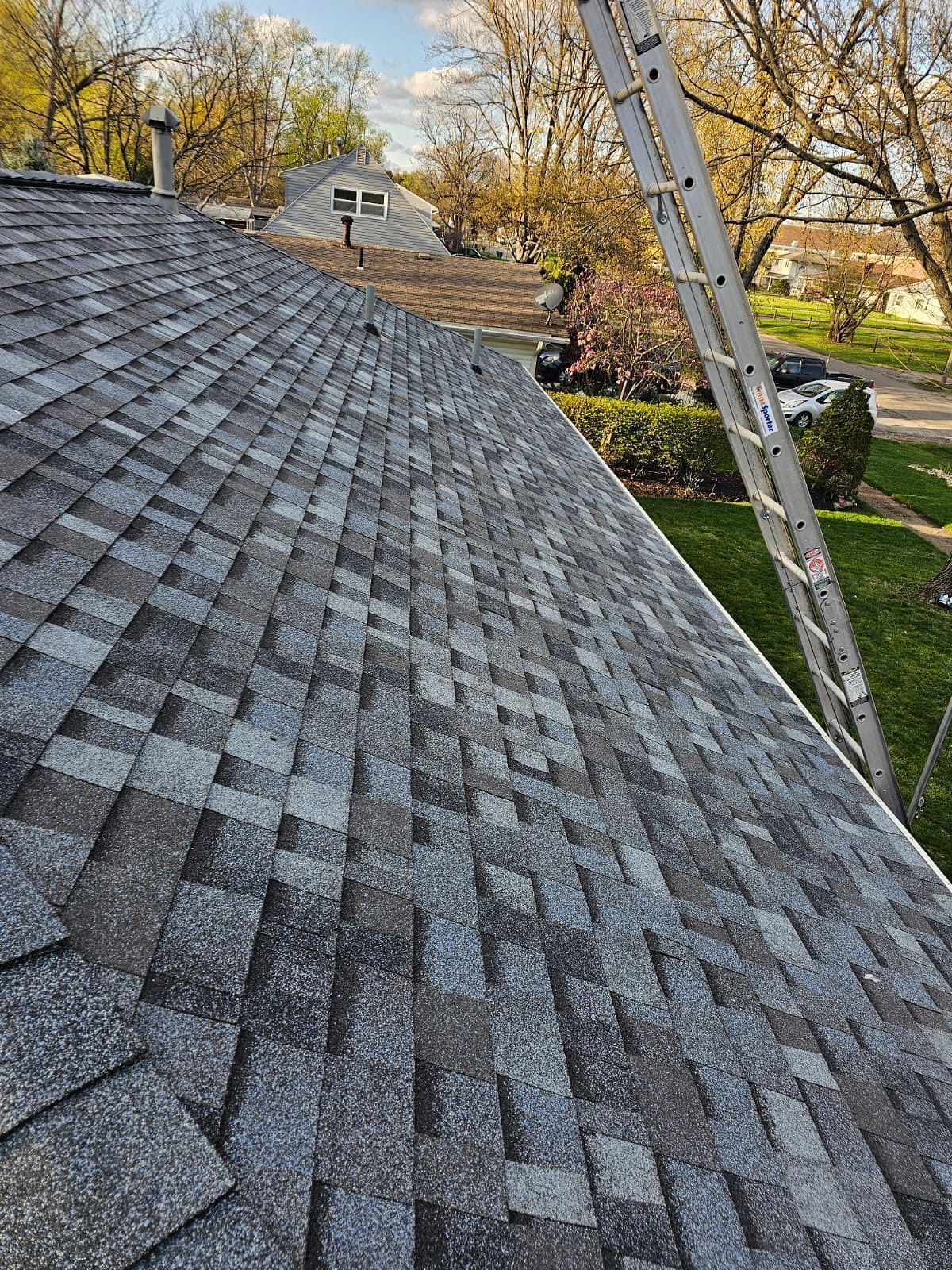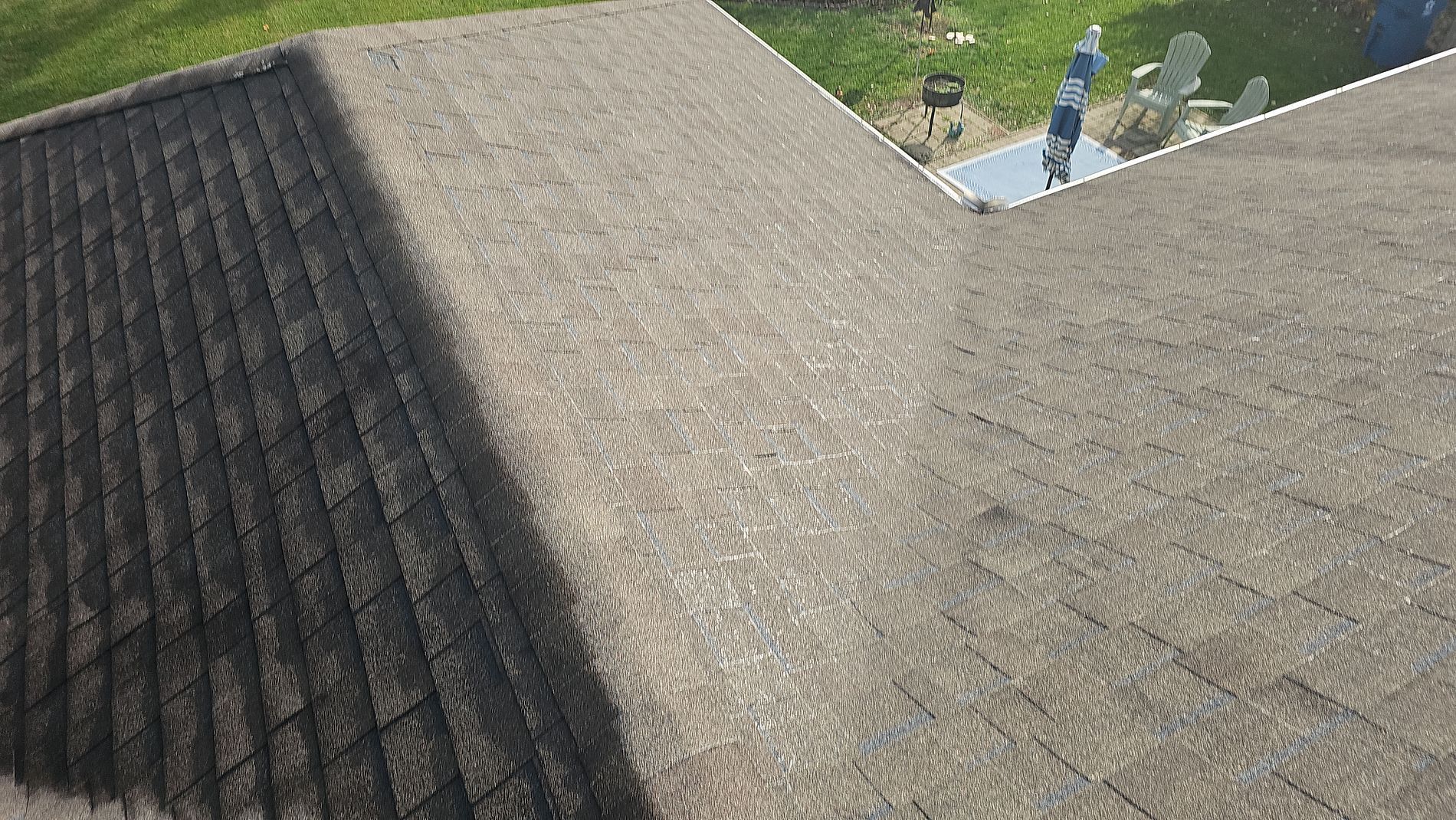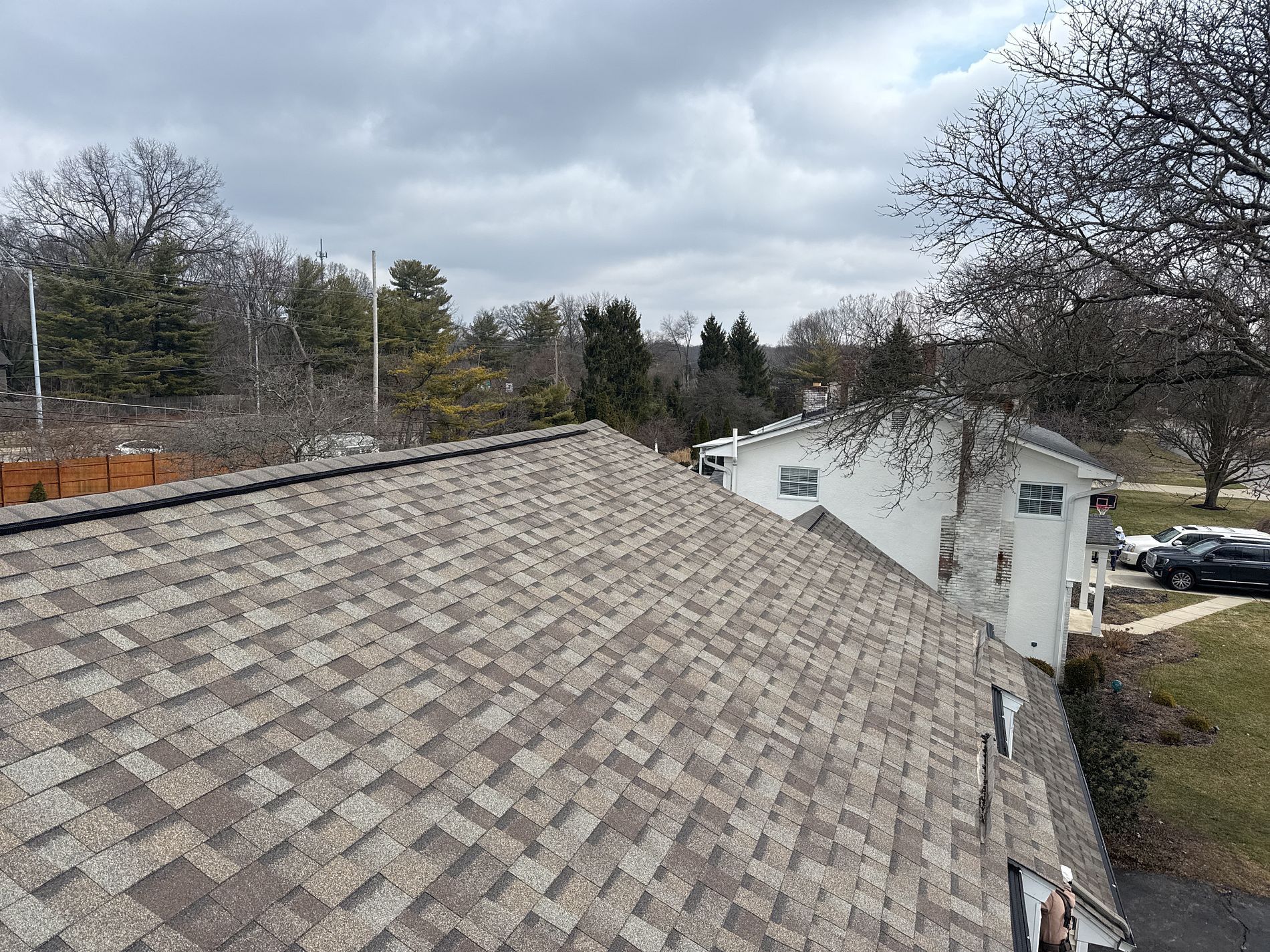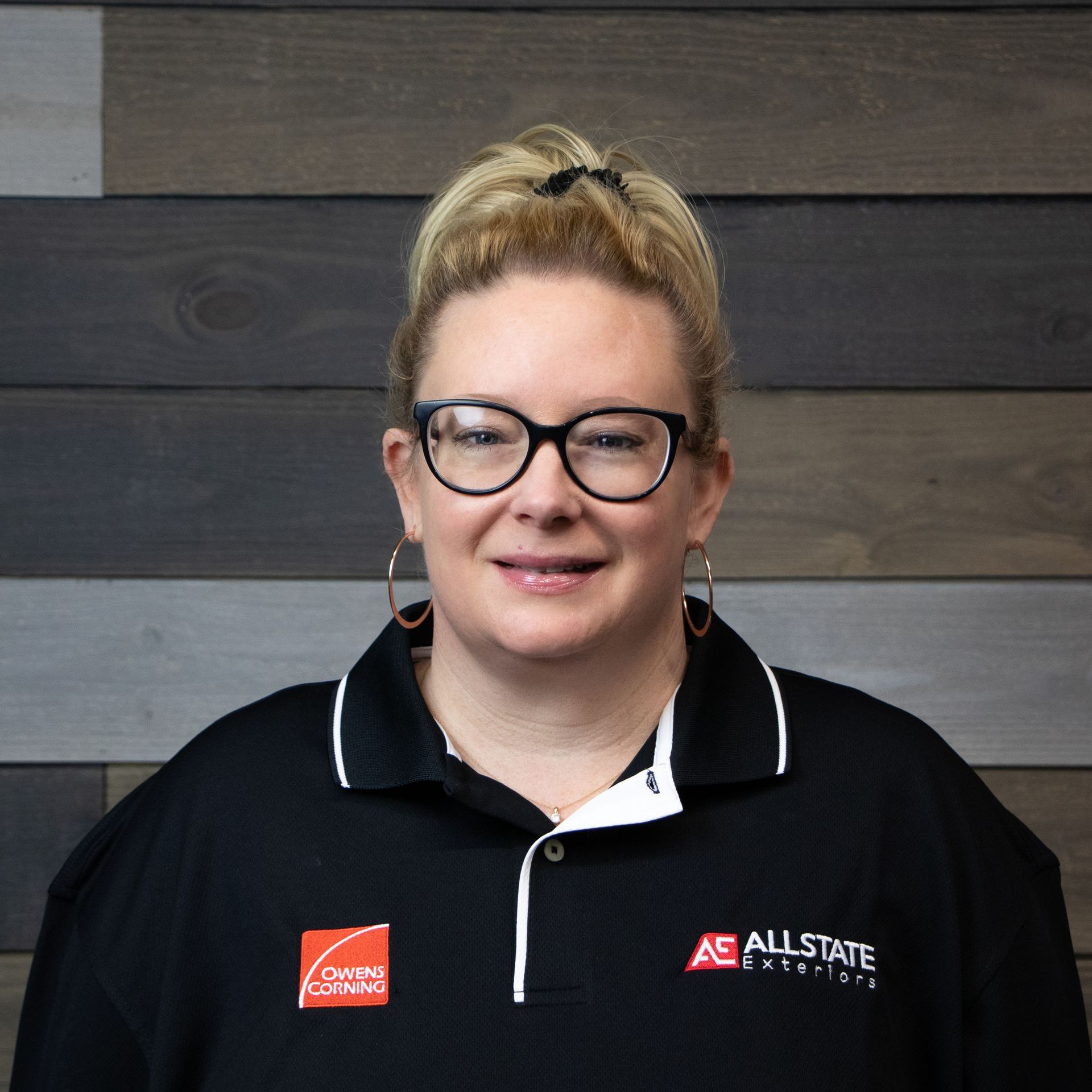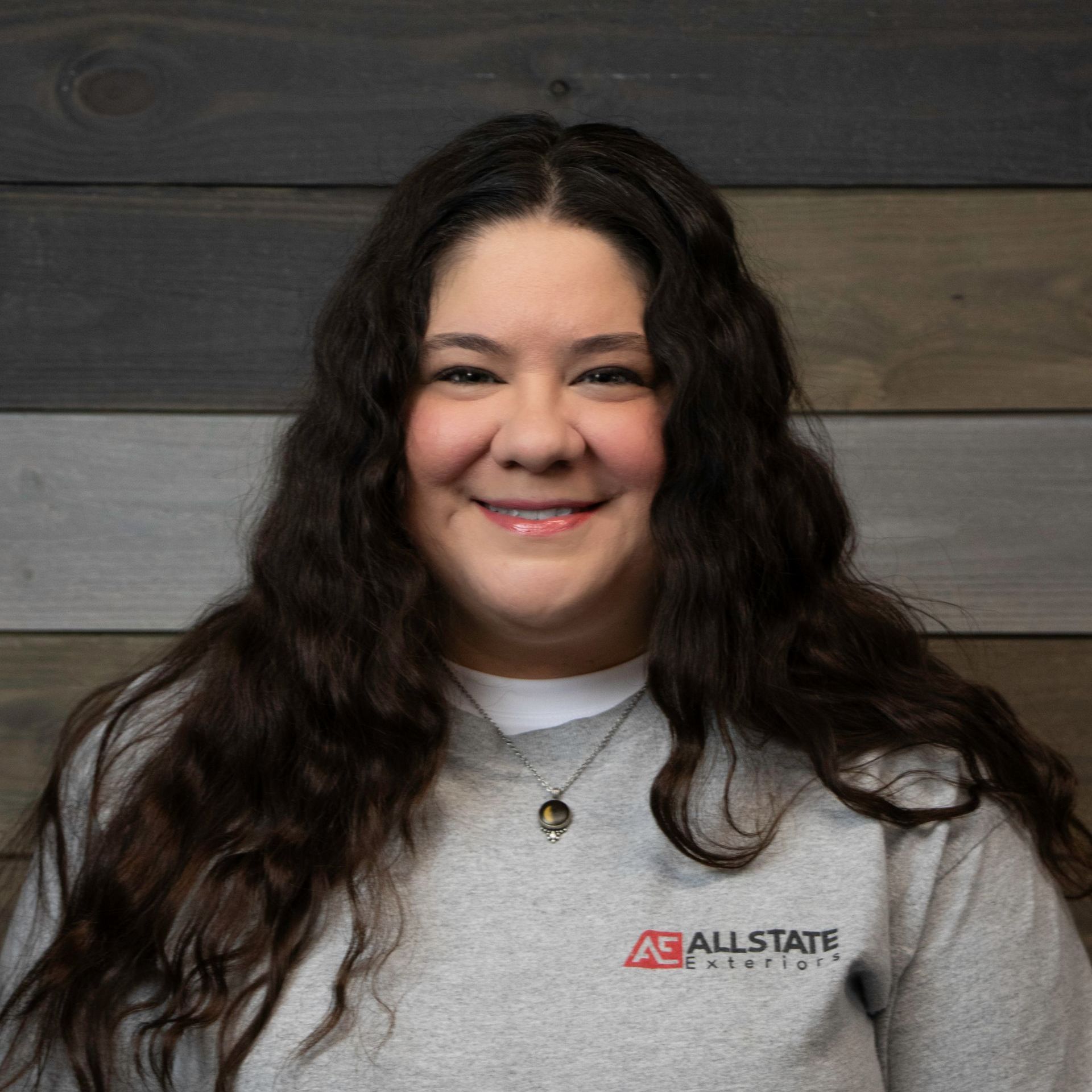Is Financing Your Roofing And Siding Project Possible? How Does It Work? What Is The Best Option?
Destruction often strikes when you least expect it. For instance, strong winds may blow away a sizable chunk of your roof and lead to significant leaks. Or, your roofing system may show warning signs of collapsing after a raging storm. Sadly, nightmarish roofing problems can manifest when you don’t have enough to pay for repairs out of pocket. The Allstate Exteriors & Restoration Services team is familiar with this issue. For this reason, we’d like to introduce several financing options. They will help you cover most roofing and siding projects if those projects become necessary.
Common Roofing and Siding Financing Options
Below are viable financing solutions for roofing and siding projects:
Home Improvement Loan vs. HELOC
HELOC is short for Home Equity Line of Credit. This term refers to a revolving line of credit designed to use your home as collateral. Therefore, unlike home improvement loans, which are often unsecured, a HELOC requires you to put your property on the line.
A Home Equity Line of Credit has two periods:
- Draw period: During this period, you can seek and use the funding from your line of credit. Once it’s over, you can’t borrow any more funds.
- Repayment period: As the name suggests, this is when you must repay your loan balance. It can last 10-20 years.
Home Improvement Loan vs. Refinance
Do you have an existing loan? If yes, here’s some good news: you can revise its terms, including payment schedules and interest rates. This is made possible by a financing option known as a refinance. Simply put, a refinance lets you switch current loan terms and get more favorable ones. For instance, you can refinance your loan and take out a new mortgage with lower interest rates.
Various refinance loan options are available today, including cash-out refinance. Generally, a cash-out refinance loan allows you to convert your home equity into cash and use the funds to pay off an existing mortgage. Once you’ve covered the loan, you can use the money left to pay for projects like roof repairs or siding replacement.
Home Improvement Loan vs. Credit Card
Many roofers accept credit cards. What’s more, by using credit cards to cover roofing and siding projects, you may reap benefits like:
- Improved credit
- Cash-back rewards
- Redeemable points
Despite those benefits, using credit cards over a home improvement loan to pay a roofer can have one major downside. Credit cards can accrue enormous fees and interest charges over time.
Home Improvement Loan vs. Mortgage
Mortgages are tailored for homebuyers. Many don’t know they can use these loans to cover extensive projects like roof replacement or siding installation. But to get a mortgage for roofing and siding in an area like Southwest Florida, you must meet specific requirements. For instance, you may need a good FICO score (at least 620) and an acceptable DTI (debt-to-income) ratio.
Here’s the differentiating factor between a home improvement loan and a conventional mortgage. You take out the former when home renovations are necessary. On the other hand, a mortgage can help you buy a property or pay for projects like maintenance, siding replacement, etc.
Home Improvement Loan vs. Line of Credit
A line of credit (LOC) consists of a predetermined loan limit you can tap into whenever necessary and repay in a lump sum or over a specific period. The most common type of line of credit available for homeowners is the HELOC. However, other options exist, including:
- Personal lines of credit
- Business lines of credit
- Demand lines of credit
The main difference between a LOC and a home improvement loan is the former lets you take out small sums of money whenever necessary, while the latter offers a lump sum, upfront payment.
Home Improvement Loan vs. Second Mortgage
As the name suggests, a second mortgage is a loan you take out on a property with an existing debt obligation. It comes from any other source besides the original lender. As a homeowner, you have access to 2 common types of second mortgages:
- HELOCs
- Home equity loans
Both can help you cover significant expenses like siding replacement and roof installation.
Home Improvement Loan vs. Cash
Cash is the most straightforward and readily available option for paying for roofing or siding projects. And luckily, some roofers offer discount prices to homeowners who pay using cash because they do not have to wait for loans to be approved. Also, cash can be a superb payment option because it doesn’t come with interest charges or throw you into debt from which you can’t recover. Moreover, some home improvement financing solutions can front you the money you need to pay for roofing or siding with cash.
Which is the Best Roofing and Siding Financing Option?
The best roofing and siding financing option depends on your needs and preferences. For instance, cash should be your go-to if you want to pay less for your project. On the other hand, if your goal is bolstering your credit and know you have the ability to re-pay, your plastic cards can come in handy.
Considering the above, factor in the following while choosing the best financing option:
- Interest rates
- Repayment term
- Type of debt (revolving vs. installment)
- Projected monthly payments
- Additional fees
The factors we’ve outlined above should help you zero in on a suitable option based on all perceptible benefits and drawbacks.
We Can Help
At Allstate Exteriors & Restoration Services LLC, we offer exceptional roofing and siding services in various areas, including Ohio and Florida. Our experts can tackle roof inspection and repairs. We can also help you upgrade your siding.
Additionally, we offer financing options for diverse projects, including roofing and siding. Contact us now for more information and get a free estimate!
The post Is Financing Your Roofing And Siding Project Possible? How Does It Work? What Is The Best Option? appeared first on.
